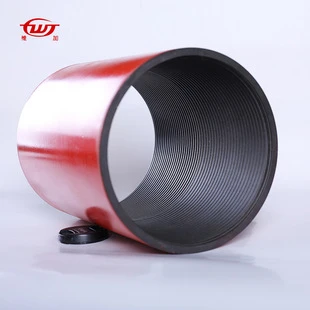- Afrikaans
- Albanian
- Amharic
- Arabic
- Armenian
- Azerbaijani
- Basque
- Belarusian
- Bengali
- Bosnian
- Bulgarian
- Catalan
- Cebuano
- Corsican
- Croatian
- Czech
- Danish
- Dutch
- English
- Esperanto
- Estonian
- Finnish
- French
- Frisian
- Galician
- Georgian
- German
- Greek
- Gujarati
- Haitian Creole
- hausa
- hawaiian
- Hebrew
- Hindi
- Miao
- Hungarian
- Icelandic
- igbo
- Indonesian
- irish
- Italian
- Japanese
- Javanese
- Kannada
- kazakh
- Khmer
- Rwandese
- Korean
- Kurdish
- Kyrgyz
- Lao
- Latin
- Latvian
- Lithuanian
- Luxembourgish
- Macedonian
- Malgashi
- Malay
- Malayalam
- Maltese
- Maori
- Marathi
- Mongolian
- Myanmar
- Nepali
- Norwegian
- Norwegian
- Occitan
- Pashto
- Persian
- Polish
- Portuguese
- Punjabi
- Romanian
- Russian
- Samoan
- Scottish Gaelic
- Serbian
- Sesotho
- Shona
- Sindhi
- Sinhala
- Slovak
- Slovenian
- Somali
- Spanish
- Sundanese
- Swahili
- Swedish
- Tagalog
- Tajik
- Tamil
- Tatar
- Telugu
- Thai
- Turkish
- Turkmen
- Ukrainian
- Urdu
- Uighur
- Uzbek
- Vietnamese
- Welsh
- Bantu
- Yiddish
- Yoruba
- Zulu
casing collar
The Significance of Casing Collars in Oil and Gas Operations
In the oil and gas industry, the integrity and safety of drilling operations are paramount. Among the myriad components that contribute to a successful drilling project, casing collars play a vital role. Casing collars are crucial fittings used in the casing string, which is a series of pipes that protect the wellbore and assist in the safe extraction of hydrocarbons. This article delves into the significance of casing collars, their types, and their applications.
Casing collars are typically located at intervals along the casing string, often positioned between casing joints. Their primary purpose is to provide structural integrity to the casing system, ensuring that it can withstand the extreme pressures and temperatures encountered during drilling and production. By reinforcing the casing string, these collars help prevent collapse and maintain the borehole's shape, which is essential for safe operations.
One of the key features of casing collars is their design. They come in various forms, including but not limited to, slip-on collars, welded collars, and threaded collars. Each type has its unique advantages and is chosen based on specific drilling conditions and requirements. Slip-on collars are easy to install and can be used in many applications, while welded collars offer enhanced strength and are often preferred in high-pressure environments.
casing collar

Another essential function of casing collars is to facilitate the connection between different casing sections. In the drilling process, multiple casing strings are usually required to reach the desired depth, particularly in deeper wells. Casing collars provide a reliable way to link these sections together, ensuring a continuous and robust casing system. This interconnection is critical because it helps distribute stresses evenly across the casing, reducing the risk of failure.
Moreover, casing collars also play a role in well completion and intervention. They can be designed to accommodate various tools and equipment, making them versatile in their application. During the completion phase, specialized collars can be used to install packers, which help isolate sections of the wellbore for production or testing. Additionally, during interventions, casing collars can serve as anchor points for tools used to retrieve equipment or to seal off sections of the well.
Safety is a primary concern in any oil and gas operation, and casing collars significantly enhance well safety. A compromised casing can lead to catastrophic failures, including blowouts or environmental disasters. By ensuring the structural integrity of the casing system, these collars help mitigate such risks. Regular inspections and maintenance of casing collars are essential practices that contribute to overall well safety and longevity.
In conclusion, casing collars are indispensable components in the oil and gas drilling process. Their structural integrity, versatility, and role in enhancing safety make them vital for successful drilling operations. As drilling techniques continue to evolve and the industry faces new challenges, the importance of robust and reliable casing collars will only increase, underscoring their role in the pursuit of safe and efficient hydrocarbon extraction.
-
Tubing Pup Joints: Essential Components for Oil and Gas OperationsNewsJul.10,2025
-
Pup Joints: Essential Components for Reliable Drilling OperationsNewsJul.10,2025
-
Pipe Couplings: Connecting Your World EfficientlyNewsJul.10,2025
-
Mastering Oilfield Operations with Quality Tubing and CasingNewsJul.10,2025
-
High-Quality Casing Couplings for Every NeedNewsJul.10,2025
-
Boost Your Drilling Efficiency with Premium Crossover Tools & Seating NipplesNewsJul.10,2025







